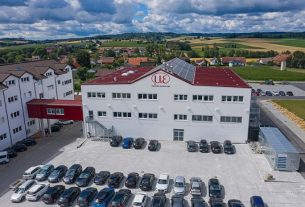Attributed to Alan Dormer, MD, Opturion
Opturion’s technology is capable of taking into account complex rules and relationships without any approximations or omissions. That enables our customers to optimise exact schedules with a high degree of granularity, representing all of the steps in a production process (including labour). This capability avoids the common problem of schedule (non) adherence, where we cannot execute the plan because it ignores or oversimplifies.
Detailed schedules accounting for all factors enable optimum machine, material, and people utilisation most effectively and efficiently. Production schedules can also account for inventory (raw materials and finished goods), including transport sectors from suppliers to customers.
In your experience, what are the biggest challenges manufacturers face today, and how does your software address these issues, especially in terms of precision and reducing downtime?
Challenges include:
- Costs
We minimise production costs by maximising resource utilisation (including labour) and minimising transport costs
- Responsiveness and flexibility to customers’ demands and breakdowns
Customers are demanding shorter lead times. We create detailed schedules but can also reschedule rapidly when customers require changes or equipment is unavailable due to breakdowns.
- Supply Chain Integrity
Using our technology, our customers can take control of their supply chain, ensuring that costs are controlled, and customers received their products DIFOT (delivery in full, on time).
- Case Studies and Impact
Your work with a multinational packaging manufacturer optimised labour and reduced setup times. Can you elaborate on how your technology achieved these results and its broader impact on the production process?
The manufacturer was producing short runs of different products where between each run, machines had to be reconfigured manually. There were two considerations. Firstly, the time required to reconfigure was dependent on the previous product and the next one. One of their main processes involved printing using multi-colour offset printers and changing inks from a light colour to a dark colour involved less cleaning and was quicker than the other way around. The reconfiguration effort required changing up to 10 colours as well as printing plates and cylinders and so the problem was not trivial.
Secondly, labour was limited, and careful coordination was needed so that all equipment had appropriate staffing when required. The manufacturer had more machine hours available than person hours and staff would have to operate different equipment throughout the day, with consideration of training and skill level requirements.
In one set of machines, the setup times were reduced from about 50% to 25%, and overall, the productivity of the factory increased by about 10%. This increase meant the working week could be reduced from 6 to 5 days, saving wages and overtime costs and leaving headroom to produce more during busy periods.
When we went into production, we identified another serious issue. Customers would routinely place urgent orders within the normal lead time. This was causing significant planning problems and effectively destroying the plan. We solved this by giving our client a rescheduling function that inserts new orders with minimal impact on existing orders and overall productivity. This maintains integrity and enables managers to make rational decisions about accepting urgent orders.

For manufacturers aiming for end-to-end supply chain optimisation, how does Opturion ensure seamless integration of processes, from raw material management to final product delivery?
Opturion isn’t an ERP or MES system, but it can model supply chains from raw materials to customers due to AI-based optimisation’s inherent scalability. We have applied this technology to advanced manufacturing (such as packaging and aviation), construction, and green energy. We model production, transport and logistics in each case and optimise them in parallel. In two recent projects, for Woodside Energy and ARAUCO Forestal, we model the entire process from raw material sourcing through production and transport to the end customer. The ability to consider all aspects without compromise, simplification or omission is critical to achieving the necessary compliance and coordination.
- Future of Manufacturing Technology
How do you see AI and machine learning transforming the manufacturing sector, and what role will Opturion play in driving these advancements?
In our world, AI is about automating decision-making, so we could argue that it is already impacting better scheduling and rescheduling. But there are many other potentially transformative applications.
- Reducing unplanned outages by processing sensor data more effectively.
- Intelligent, coordinated scheduling of planned maintenance to minimise loss of production
- Identifying problems early (someone’s left a cover off or the door open) with data fusion (machine vision + sensors)
- Non-invasive/non-destructive inspection using X Rays, UV, imaging + AI
- Giving customers a window on the production of their order and the tools to identify or anticipate problems and adjust accordingly
As manufacturers increasingly prioritise precision and efficiency, how do you foresee the industry evolving in response to growing demand for optimisation technologies?
In a high-wage economy like the UK, we generally accept that automation is essential for competitiveness and requires significant capital investment. In the back office, IT investment has delivered productivity gains, but that has stalled in the last ten years or more. There are many reasons for this, but there is an opportunity to imagine an operation with much fewer back-office staff where we place customer orders in the plan and produce, ship, and invoice with minimal administrative or managerial effort.
This approach would deliver enormous benefits in compliance, customer satisfaction and cost reduction. Still, it will require a level of investment, effort and risk that, hitherto, manufacturers have been unwilling to contemplate. Technologies, such as robotic process automation (RPA), provide this functionality, but they are not intelligent and are not widely adopted outside financial services. AI could catalyse RPA adoption in complex, constantly changing situations like manufacturing.
- Sustainability in Manufacturing

How does Opturion’s work contribute to sustainability goals in manufacturing, such as reducing waste and improving resource utilisation?
Detailed production scheduling and rescheduling contribute to sustainability in several ways:
- Optimising equipment utilisation reduces energy consumption and wear and tear
- Intelligent scheduling and rescheduling reduces stops and starts and raw material/of-spec product wastage
- Supply chain and transport optimisation reduce transport fuel usage
- Detailed modelling of the manufacturing process identifies the carbon footprint of end products





